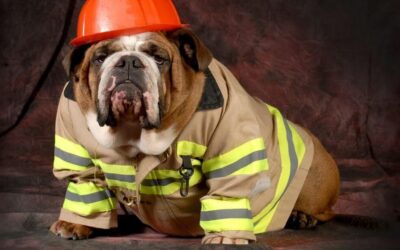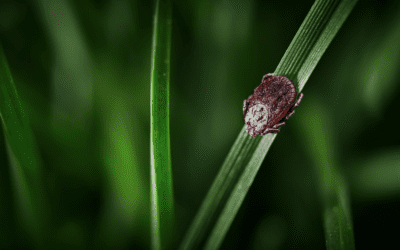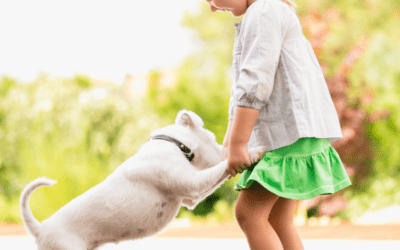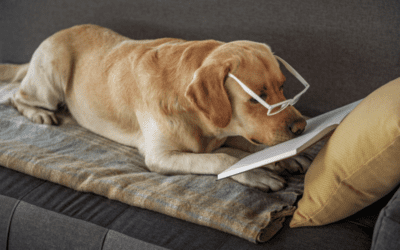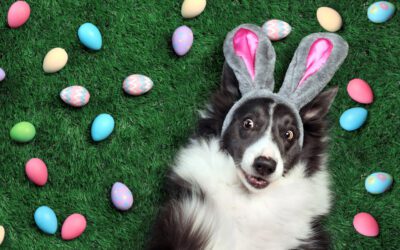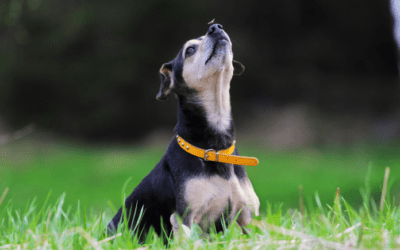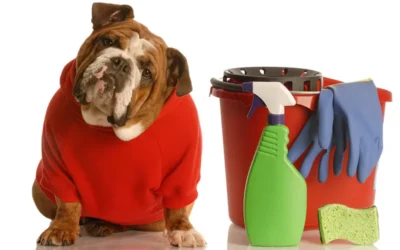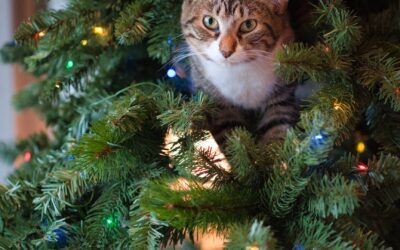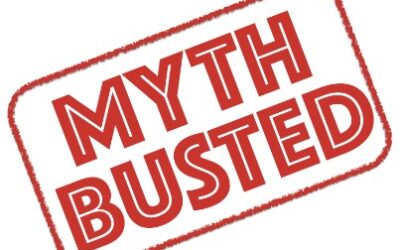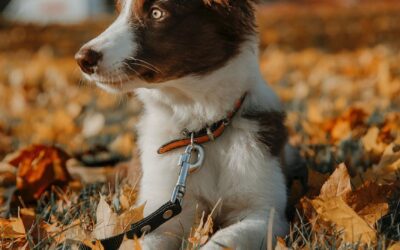Hill & Harbour Veterinary Center Blogs
We love educating our clients, that’s why we have curated and shared posts filled with helpful information regarding pet care.
Veterinary Blog
Pet Preparedness Month
June is National Pet Preparedness Month. Use these tips to create a plan for your pets before disaster strikes. As we’ve all experienced this year, disaster can happen out of nowhere and have an impact on not only our lives, but our pets as well....
May is Lyme Disease Prevention Month
Did you know that tick prevention for your pet is just as important for you as it is for them? Lyme disease is an illness spread by ticks that affects both animals and humans. It is important to keep your pets on tick prevention, not only for their...
It’s Flea and Tick Season!
Learn how to protect you and your pets during flea and tick season 🐜 No one wants to worry about fleas or ticks being brought into their home from their furry best friend. Not only are they unwanted, but they pose health risks for you and your...
Did you know about these FREE resources in our app? 💡
The Pet Health Library and Poison Control are right at your fingertips! Staying informed about your pet's health is crucial to helping them live a long and happy life. As your pet care partner, we want to provide you with as many trusted resources...
Easter Safety Tips 🐣🐰
If you are planning to celebrate Easter, don’t forget some of these important Easter safety tips from ASPCA for your furry friends. Chocolate This yummy treat for humans can cause gastrointestinal upset, pancreatitis, stimulation to the nervous...
A Pharmacy at Your Fingertips
Order Your Pet’s Medications Through Our Hospital App “Oh no,” you groan, as you realize you forgot—again—to stop by our hospital on your way home from work to pick up your pet’s heartworm preventive. You quickly set a reminder on your phone for...
Announcing: The Top 10 Pet Toxins!
Photo Credit: ASPCA Each year, the ASPCA Animal Poison Control Center (APCC) works to provide important and sometimes lifesaving information along with handy safety guides to pet parents nationwide. Last year alone, APCC helped over 232,000...
A New Pet for the Holidays
There is so much planning that goes into adding a new pet to the family. What type of pet or breed? Do I get my new pet from a breeder, shelter, or pet store? What are the housing or bedding needs, food and more? After all this careful planning you...
5 Pet Myths: Debunked!
Is a dog’s mouth cleaner than a human’s mouth? Do cats always land on their feet? There are plenty of pet myths surrounding our furry friends. Sometimes thesemisconceptions can impact their health and lives. Let’s take a look at some commonmyths...
Fall Dangers and Your Pet
There is a chill in the air and the kids are back to school. We’ve put our white pants away and started unpacking our sweaters and sweatshirts. Pumpkin spice is everywhere you turn and before long the leaves are going to change color and start...

